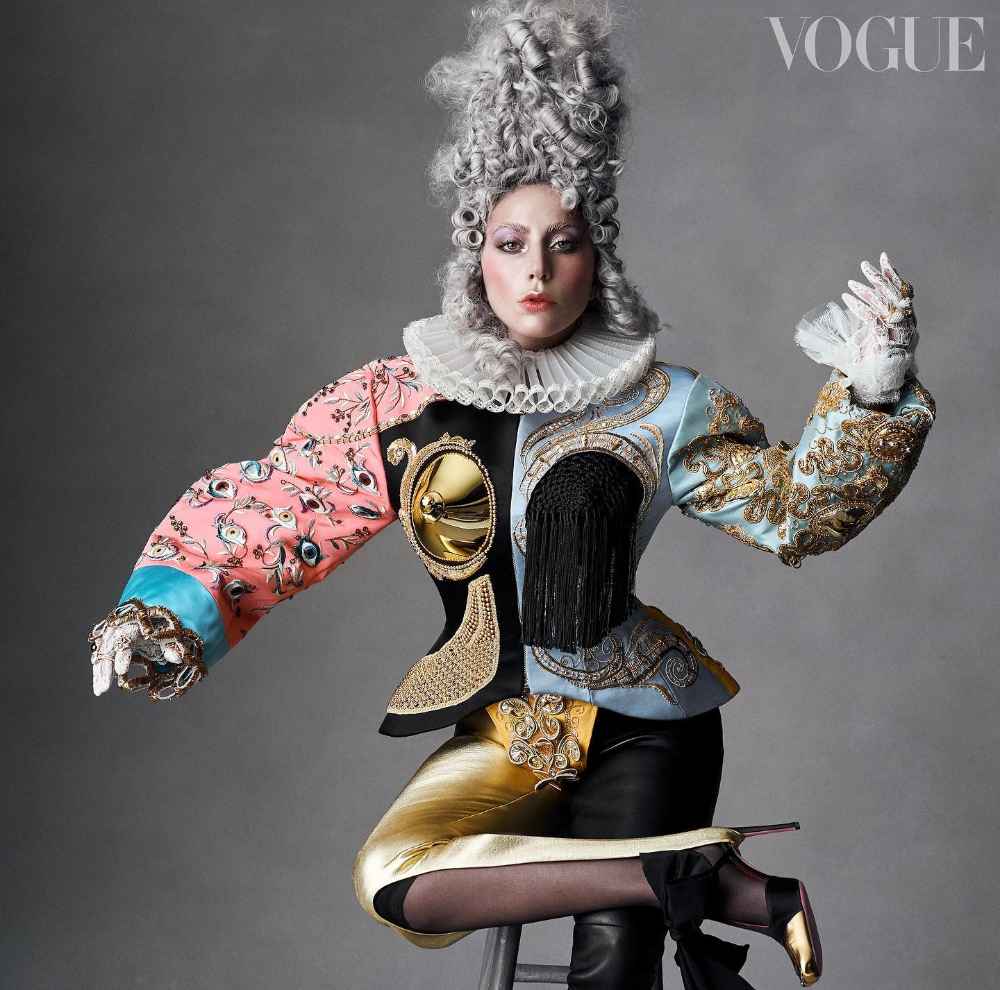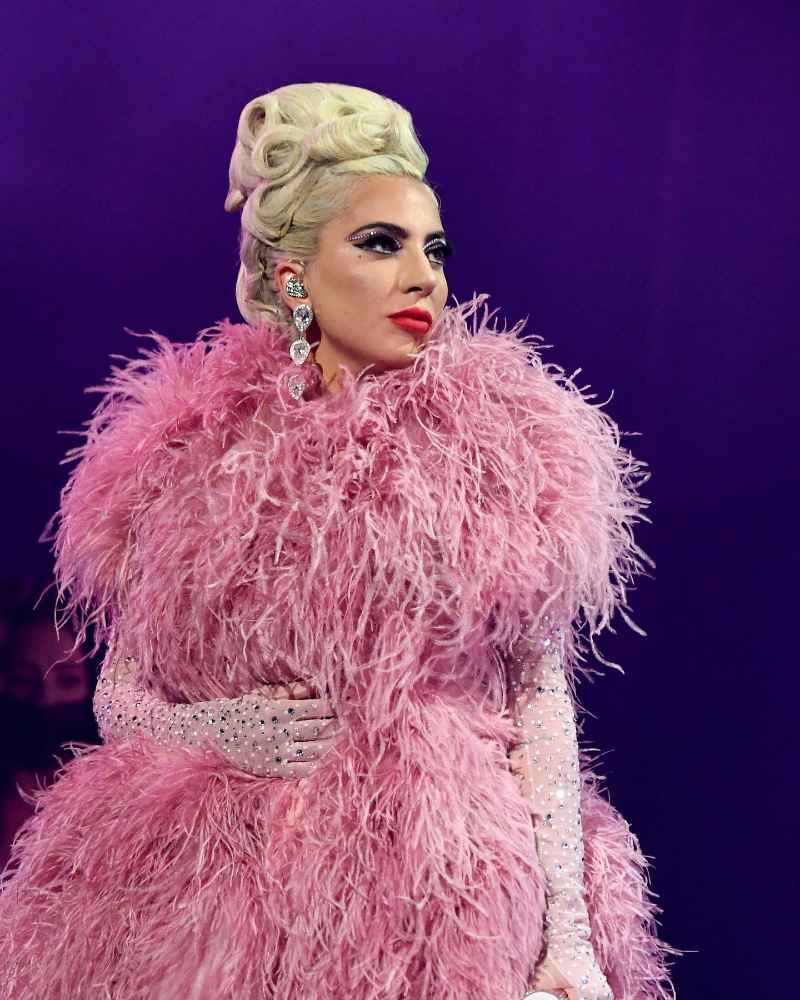Lady Gaga’s music and performances are rich with symbolism, layered with meaning, and often serve as vehicles for artistic expression, social commentary, and personal storytelling. Through her use of imagery, metaphors, and visual cues, Gaga invites audiences to delve deeper into her artistry and explore themes of identity, empowerment, and societal critique.
One of the recurring symbols in Lady Gaga’s music and performances is the concept of fame and celebrity culture. Gaga often uses imagery related to fame, such as paparazzi, red carpets, and glamorous attire, to critique the pitfalls of celebrity and the superficiality of fame. In songs like “Paparazzi” and “The Fame,” Gaga explores themes of obsession, surveillance, and the loss of privacy that often accompany fame, challenging audiences to question the true cost of celebrity.

Moreover, Lady Gaga frequently incorporates religious imagery and symbolism into her music and performances, using religious iconography to explore themes of spirituality, redemption, and morality. In songs like “Judas” and “Born This Way,” Gaga draws parallels between religious narratives and her own experiences, questioning traditional notions of sin, salvation, and self-acceptance. Through her use of religious symbolism, Gaga challenges audiences to rethink their preconceptions about spirituality and morality, inviting them to explore deeper questions of faith and identity.

Another prominent symbol in Lady Gaga’s music and performances is the concept of transformation and reinvention. Gaga often uses imagery related to metamorphosis, such as butterflies, masks, and costumes, to symbolize the process of self-discovery and personal growth. In songs like “Bad Romance” and “Alejandro,” Gaga explores themes of liberation, empowerment, and self-expression, using imagery of transformation to convey the idea that change is both inevitable and empowering.

Furthermore, Lady Gaga frequently incorporates LGBTQ+ symbolism and imagery into her music and performances, using her platform to advocate for queer rights and visibility. Through songs like “Born This Way” and “Rain on Me,” Gaga celebrates the LGBTQ+ community and champions messages of self-acceptance, pride, and equality. By incorporating LGBTQ+ symbolism into her artistry, Gaga creates a sense of inclusivity and solidarity, inviting audiences to celebrate diversity and embrace their authentic selves.

In conclusion, Lady Gaga’s music and performances are filled with symbolism, inviting audiences to explore themes of identity, empowerment, and societal critique. Whether she’s critiquing celebrity culture, exploring themes of spirituality and transformation, or championing LGBTQ+ rights, Gaga’s use of symbolism adds depth and complexity to her artistry, creating a rich tapestry of meaning for audiences to explore and interpret. As she continues to evolve as an artist and advocate, Gaga’s use of symbolism will undoubtedly remain a defining aspect of her work, inspiring audiences to think critically, challenge norms, and embrace their own unique perspectives.